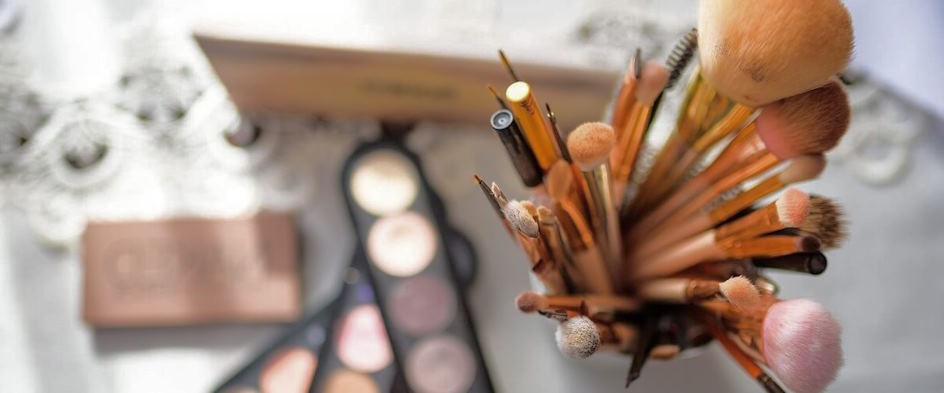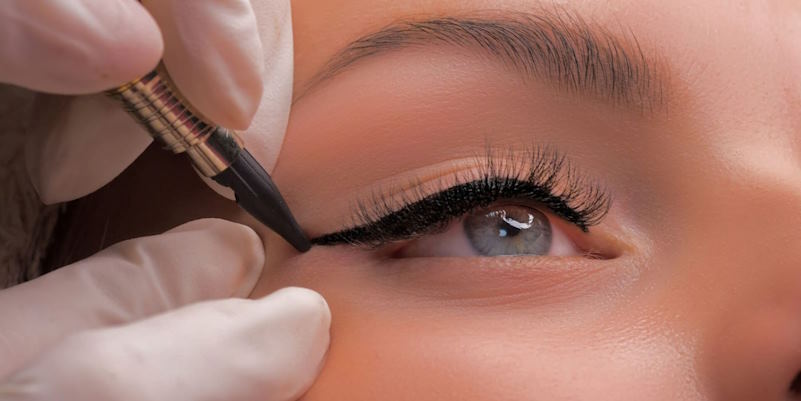Makeup application is a form of self-expression, enhancing our natural beauty and showcasing our creativity. It can transform a bare face into a canvas of colors and contours, ready to tell a unique story. However, amid the excitement of applying foundation, eyeshadow, and lipstick, there’s one critical aspect that often gets overlooked: the setting and finishing steps.
The Mistake of Skipping Setting and Finishing Steps
Makeup enthusiasts understand the transformative power of cosmetics, turning a blank canvas into a work of art. However, one common misstep often occurs in the excitement of creating a stunning look: skipping the setting and finishing steps. These crucial components are the unsung heroes of makeup application, ensuring your hard work stays intact throughout the day. Failure to include them in your routine can lead to makeup that doesn’t last as long as you’d like. In this article, we’ll explore the importance of these steps and why they should never be overlooked in your beauty regimen.

The Role of Setting Powder, Setting Spray, and Other Finishing Products
Setting powder, setting spray, and other finishing products may seem like mere afterthoughts, but they are indispensable in makeup longevity and overall appearance. Let’s break down their functions and understand why they are essential to any makeup routine.
The Foundation of Long-Lasting Makeup
Setting powder, often used after applying foundation, concealer, and other cream or liquid products, acts as the base for your makeup. Its primary purpose is to lock in your foundation and prevent it from sliding or creasing throughout the day. By absorbing excess oils and creating a smooth, matte finish, setting powder provides a solid foundation for the rest of your makeup. It’s crucial in preventing your makeup from settling into fine lines and wrinkles, making your skin look flawless for hours on end.
To use setting powder effectively, gently dust it over your face with a makeup brush or sponge. Blend it thoroughly, focusing on areas prone to shine, like the T-zone. However, be cautious not to over-apply, which can lead to a cakey appearance.



